Here is my first post after our trip to Azerbaijan. Andrew and I headed there for a week just after school finished. It was a busy week and we saw lots in this relatively quiet, not often visited, friendly country.
Our first full day in Azerbaijan took us on a private car tour with a very friendly local, Elvin. Mud Volcanoes, ancient petroglyphs, a Zoroastrian fire temple and a burning hill were all on the agenda. It was a day packed with amazing sights and was a fantastic introduction to our week in Azerbaijan.
First off: mud volcanoes. Apparently of the approximately 600 mud volcanoes in the world half of them are to be found in Azerbaijan. They are definitely off the beaten track along an unmarked dirt road off the main highway heading south out of Baku and I was glad we had Elvin to drive us there. They are rather small and you can climb to the top in a few steps. The craters gently bubble with a rather soft, relaxing sound. The mud itself is cold to the touch. They were surprisingly engrossing, I especially liked the different textures that the mud creates as bubbling liquid dries to cracked earth. The boys of course put their arms in to see how deep they were – they didn’t get to the bottom.
Next we drove out to Gobustan, one of the areas of rock art (think carvings and painting on rocks as apposed to paintings by Mick Jagger) in Azerbaijan. Having studied African rock art at university I was particularly interested to see these. Before viewing the carvings, called petroglyphs, we first visited the museum. This was extremely well organised and displayed. It was informative and gave a really good explanation of the art, the different subject matter, other artifacts found at the sites and possible theories as to the meanings and purposes of the carvings. At Gobustan there are carvings and not paintings. Many are carved on top of each other – there is no known reason why some rocks were repeatedly chosen for engraving by different generations. The overlapping sometimes makes it sometimes hard to make out the different images. Elvin was on hand to point out particular images to us which helped a lot. The earliest of the carvings date back to 15,000 BCE. The subject matter includes animals, stylized people, hunting scenes, even boats. Once we had visited the museum we then walked around the site which has clear paths to follow.
Driving outside of Baku we got to see some of the oil fields – the source of Baku’s wealth.
After lunch in Baku we headed out to an old Zoroastrian fire temple. Zoroastrianism is an ancient religion that originated in Persia around 3500 years ago. The Zoroastrians worshipped fire and Baku’s natural gas fires made it a logical place of worship and pilgrimage. Today the temple is no longer an active place of worship, but is a tourist site. The main shrine has a fire, now served by a gas pipe, though originally it was a natural source of flame that burnt continuously. The temple was a place of pilgrimage so has many small rooms or cells around the edges where pilgrims and monks would have stayed and lived. Some were reserved for rest, others for the sick, others for prayer. Inscriptions above the doors are in sanskrit, an ancient Indian language. The temple has been well preserved and restored. There are models and displays which show how the different rooms might have been used. I’m not sure whether or not I liked these, but they did help to bring the temple to life and gave a good idea of what it might have been like when in use. We were shown around by a fast-speaking guide who was informative, though she sounded a lot like a pre-recorded message.
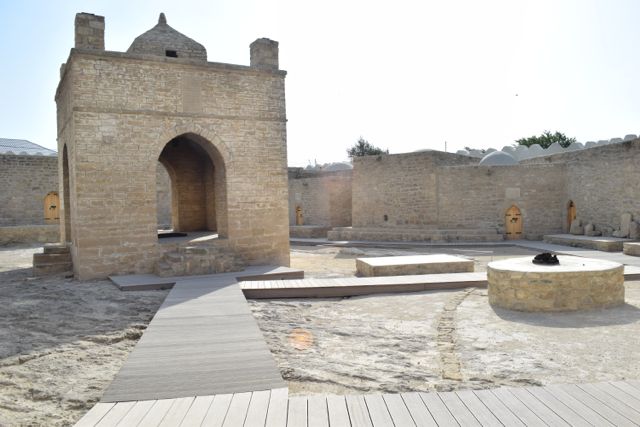
The main shrine of the temple. The four walls and arches represent the four elements: Earth, Wind, Fire and Water.
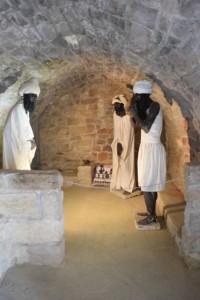
Prayer cell with models replicating Zoroastrians at worship. Zoroastrians worshipped standing up around a fire.
Following the temple visit we went to Yanar Dag where a small section of hillside is permanently on fire. The source of the fire is a steady seepage of natural gas. The fire is strong so we couldn’t get very close. Again I was very grateful to our guide, Elvin, as this would have been impossible to find without him as it is not marked, signposted or advertised. Seeing the flames, I could easily see why the fire-worshipping zoroastrians built temples in this region. It must be pretty dramatic at night.
So that was our start to our week in Azerbaijan and what a start it was!! More posts to follow on this interesting country and our time there!


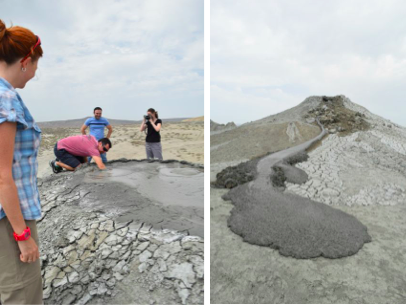
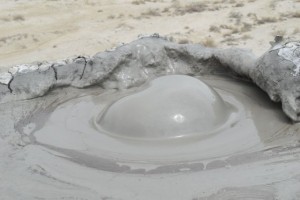
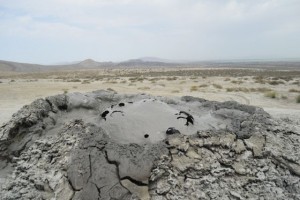

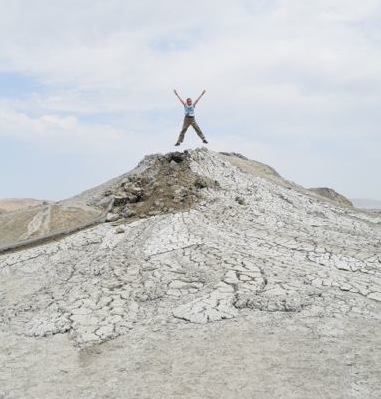
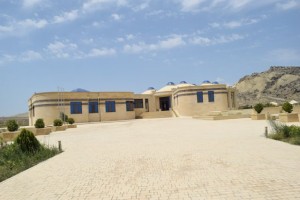
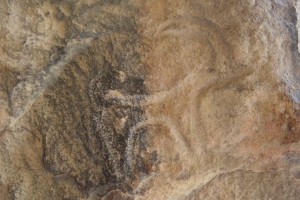
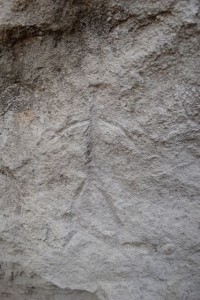
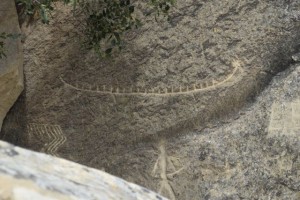
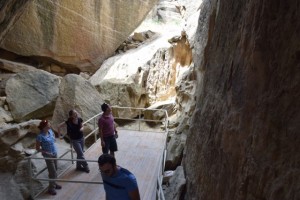
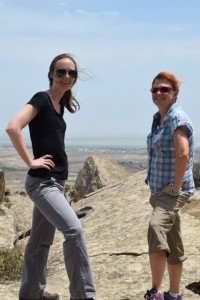
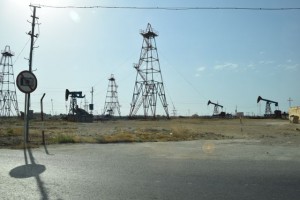
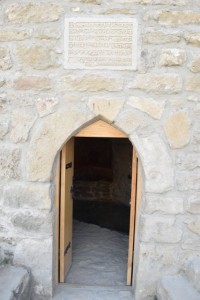
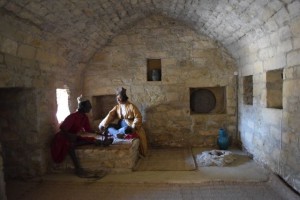
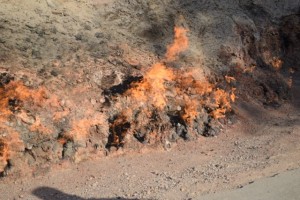
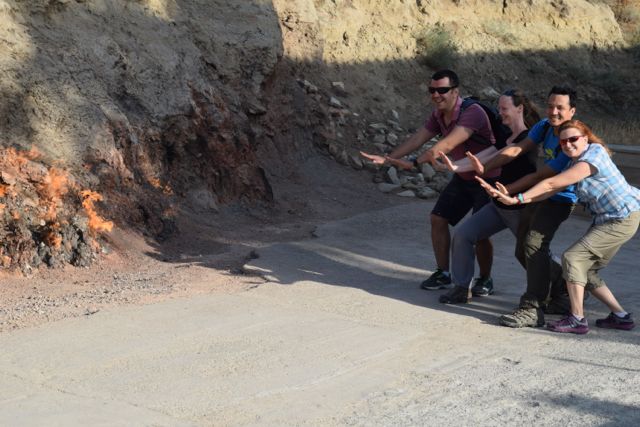


Recent Comments